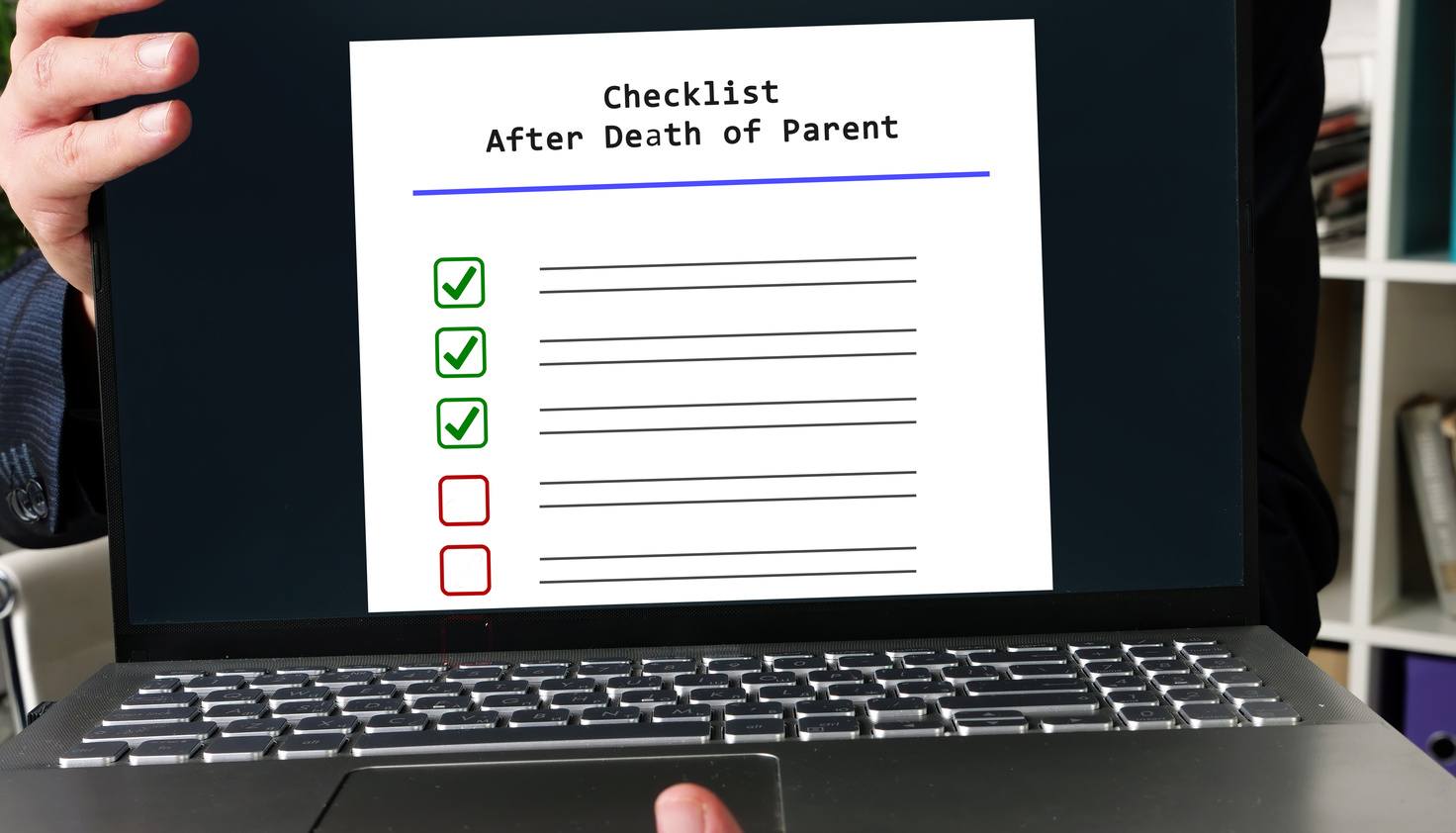Timing your home sale right can mean the difference between multiple offers over asking price and your home sitting on the market longer than expected.
But how do you determine the best time to sell?
It starts with understanding your market — and knowing what to expect in the home selling process.
In this guide, we’ll break down:
- The best seasons to sell
- The most profitable months
- Key factors that affect the best time to sell
- How to analyze market data to time your sale right.
Best time of year to sell a house
Spring is often considered the best time of the year to sell a house.
But seasonal trends aren’t that simple — they vary depending on location and market conditions.
Home sale data is often seasonally adjusted because the time of year directly impacts buyer activity.
However, these patterns aren’t the same everywhere — regional differences can influence when demand is highest.
Here’s how each season affects the housing market and what it can mean for the sale of your home.
Selling a home during spring
It’s easy to see why selling a home in spring is so popular.
Warmer weather, school changes, and newly deposited tax refunds push buyers to the market.
And more buyers means more competition to drive up home prices.
Case in point: According to ATTOM data, the average house sold in May 2024 fetched a seller premium of 13.1% above ATTOM’s estimated market value
But spring’s popularity also means more competition among sellers.
This means you may need to work harder to make your listing stand out.
The warm-weather effect on home sales isn’t the same in every market either.
Consider existing single-family home sales data from the National Association of Realtors (NAR):
The number of home listings surged by over 25% in the Midwest and the Northeast from February to March 2024.
But listings only surged by 17% in the South and the West.
One reason for the difference?
Spring weather changes are much less dramatic in the southern and western regions.
Selling a house in the summer
The summer months bring out more buyers for similar reasons: warmer weather and the need for buyers to enroll their kids in time for the school year.
But the summer is a little less predictable than spring.
Summer vacations limit home search opportunities, which can lead to slower home buying activity during certain weeks.
Plus, extreme heat in some markets can discourage buyers from seriously shopping for their new home.
Muggy weather and earlier school year starts are two major reasons why listing activity peaks earlier in the South than in other regions.
In the Northeast, milder temperatures and a later school year schedule create different patterns:
Home sales rise steadily in May and June, before peaking in July and August.
The point?
Summer can be a great time to sell, but you’ll need to account for things like vacations, summer moving schedules, and sweltering temperatures.
Selling a house in the fall
Some homeowners think home sale prices lag during the fall.
The data backs it up — NAR numbers show that prices in all U.S. regions were down in Q4 2024 compared to Q3, for a total drop of around 2% on average.
But don’t let general price declines rule out the autumn as an optimal time to sell your house.
In many areas, inventory of homes for sale starts to drop off in the fall while buyer demand is still holding strong.
Many fall buyers feel an urgency to close before the weather gets bad and the holiday season starts.
They may be rushing to settle in before getting too far into the school year after a sudden job or life change.
The result?
Selling a home in the fall can be a good opportunity to attract buyers with less competition from other sellers.
And that could mean a faster sale and a premium price.
Selling a home in the winter
Winter often gets a bad rap when it comes to selling a house — but it has its advantages.
While colder months mean fewer listings, they also attract more serious buyers.
Anyone house hunting in the winter is likely highly motivated to close a deal.
Why?
- Job relocations and life changes force some buyers to move at less-than-ideal times.
- Snowbirds head south in search of a warmer climate.
- Less competition among sellers means well-positioned homes can stand out and fetch strong offers.
Sure, some buyers are busy with the holidays and might want to wait until the start of the new year to resume their search.
But for sellers willing to list in the winter, a smaller pool of homes on the market can work in your favor.
Especially if you follow some sound winter home selling tips, such as making your living space warm and inviting.
Best month to sell a house
April has historically been the best month to sell a house in the U.S. — a trend that’s held for over two decades.
At first glance, June often has the highest sales prices.
But here’s the catch: Most homes that sell in June are listed in April.
This pattern played out again last year.
According to the NAR, the average June 2024 sales price — reflecting mostly April listings — was $432,900, 2.5% above May and 13.1% higher than the low point of February.
Higher prices aren’t the only advantage of selling in early spring.
Homes listed in April, May, and June historically sell 30–40 days faster than those listed in January, according to data from the Federal Reserve Bank of St. Louis.
But keep in mind — the best month to sell isn’t the same everywhere.
Regional trends play a big role, with seasonal patterns varying by state and city.
The big idea?
Looking at national and regional market trends can help predict peak home buying season.
However, general data on the best sale month doesn’t account for current market conditions, your specific location, or personal circumstances.
What affects the best time to sell a house?
The best time to sell your home isn’t determined by the calendar alone.
Major market forces — like buyer demand, interest rates, and the stock market — can all influence your chances of a faster, more profitable sale.
Supply and demand
The best time to sell your house is when supply is low and demand is high.
Supply refers to the number of homes for sale, while demand represents the active number of buyers.
A real estate market where buyers outnumber available homes is known as a “seller’s market.”
Homes tend to sell quickly in this environment, often receiving multiple offers and selling above asking price.
Buyers are more willing to pay a premium due to limited inventory and heightened competition.
In a “buyer’s market,” the opposite happens — more homes are for sale than there are buyers.
Sellers may struggle to get offers and could end up lowering their price to stay competitive.
But supply and demand aren’t static.
They shift based on economic conditions, mortgage rates, and regional and seasonal trends.
Keeping an eye on local housing inventory can help you spot when fewer homes are on the market — giving you a better chance to time your sale to reduce competition.
Mortgage rates
Mortgage rates can have a major impact on home sales — sometimes even overriding typical seasonal trends.
Take the COVID-19 housing boom, for example.
When mortgage rates hit record lows, home sales and prices skyrocketed.
But sales slowed dramatically when rates started climbing in 2022.
More recently, a dip in rates during fall 2024 triggered a surge in buyer activity.
Pending home sales jumped 5.4% in October 2024 compared to the previous year, when rates were more than a full percentage point higher.
The takeaway?
Mortgage rates alone won’t dictate your local market, but they’re a powerful indicator of buyer demand.
When rates drop, affordability improves, and more buyers enter the market — potentially making it a better time to sell.
Stock market volatility
The stock market’s ups and downs can directly impact homebuyer demand.
And that volatility can influence how quickly homes sell and how competitive those sales are.
Here’s how:
- Stock performance affects buyer wealth. When stock values rise, buyers feel more financially secure and are more likely to purchase homes.
- Market downturns create hesitation. Buyers may delay purchasing during stock declines due to concerns about job stability, investment losses, or recession fears.
- Luxury home sales feel the biggest impact. High-end buyers often rely on stock investments, with many even holding their down payments in stocks. Volatility can make them more cautious about major financial decisions.
For sellers, these fluctuations matter.
A strong stock market can fuel buyer confidence, while uncertainty can slow demand.
That’s why keeping an eye on the financial markets can help you strategically time the sale of your home.
The best day of the week to list your home
Once you decide to sell your home, you can dial in your timing even more by choosing the right day to list.
And without fail, Thursday is the best day to list a house for sale.
Why?
Listing on a Thursday minimizes your days on market (DOM) and maximizes interest from potential buyers.
Let me explain…
DOM is the number of days a home has been listed for sale.
And it’s a key metric many buyers look at to assess desirability.
If your DOM is longer than that of the average home in your area, buyers will wonder why it hasn’t been snatched up.
Listing two days before your first open house weekend minimizes this number.
Friday is too late because you want to give potential buyers more than one day to discover your listing before the open houses.
Wednesday can also work but adds another day on the market –– and Tuesday will add two more days.
Putting your house up for sale on a Thursday helps reduce DOM and keeps your listing top of mind for prospective buyers.
How to use market data to determine the best time to sell
How do you put it all together — the larger seasonal trends and your local market nuances — to find the most profitable time to sell your house?
Let me show you a simple way to time your listing just right.
1. Find a top listing agent for expert guidance
Partnering with an experienced real estate agent is critical for nailing your timing.
A savvy agent will have access to all the market data you need to calculate the ideal time to put your home on the market.
They can also estimate how long it will take to sell your home.
But not just any agent.
Be sure you find a Realtor who knows your local real estate market so they can interpret the numbers accurately.
2. Identify the month with the highest sale price in your market
The next step is figuring out which month typically sees homes fetching the highest prices in your area.
Ask your agent to review sales trends from the last several years and list the median sale prices for each month.
The longer, the better –– but aim for at least three years.
This will give you insights into which month is most likely to result in top dollar for home sellers in your local market.
3. Estimate the average time to close
The average time to close is the number of days it takes to close a real estate transaction after the seller accepts an offer.
It includes the “days on market” (listing to accepted offer) and “days to close” (offer accepted to closing day).
The typical time usually hovers between 25–60 days, but it depends on the typical buyer in your area.
Have your agent add the average time to close to each month listed in step 2.
The final list will give you the average sale price and number of days to sell for at least the last three years in your market.
4. Work backward from the peak sale month to time your listing
Now, it’s time to determine the best time to sell in your market based on historical trends.
Start by calculating the average sale price for each month:
- Add up the sale prices for a given month over multiple years.
- Divide by the number of years to find that month’s average selling price.
- Repeat this process for every month.
Once you’ve identified the month with the highest average sale price, factor in the average time to close.
For example, let’s say August is historically the most profitable month in your market.
And the average time to close is 50 days.
This would mean listing your home in June (about 50 days before August) would likely yield the best results.
A data-driven approach helps you plan your listing timeline strategically — giving you the best chance to sell at the highest price.
Timing the market vs. timing your move
Timing the market can maximize your home’s sale price and speed up the selling process.
And understanding seasonality and regional trends can guide your decision.
But personal circumstances matter just as much.
You might be selling to move closer to relatives or scale down during retirement.
Or maybe you’re selling your house because it no longer fits your growing family.
Whatever the reason, you’ll need to balance market conditions with your own needs to decide if now is the right time to sell.
While historical trends offer valuable insights, they don’t guarantee future results.
That’s why working with an experienced agent is key — they can help you navigate both market timing and personal priorities to make the best decision.
At the end of the day, market trends matter.
But so do the life changes that drive your decision to sell.





